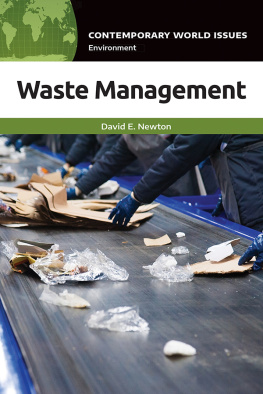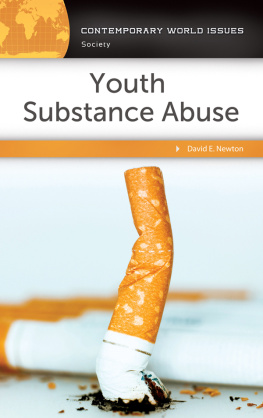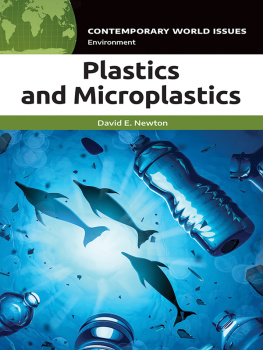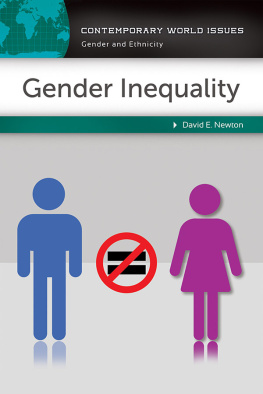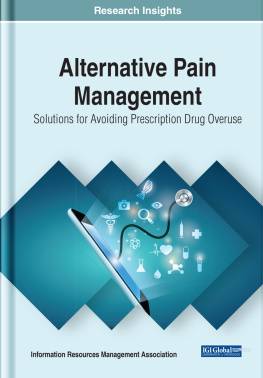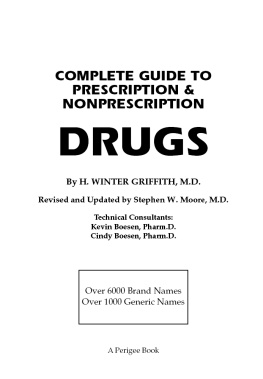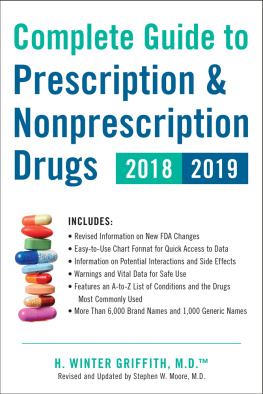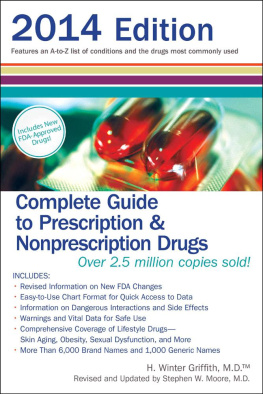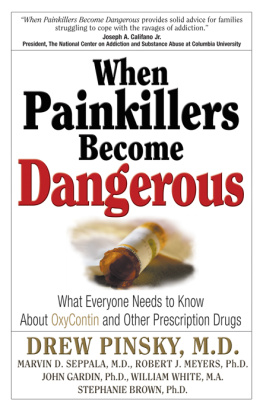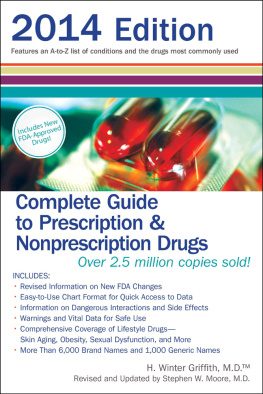
A doctor administers the COVID-19 vaccine to a woman to produce immunity against the coronavirus disease. (Satjawat Boontanataweepol/Dreamstime.com)
In December 2019, public health officials in Wuhan, China, reported the appearance of a new type of pneumonia among forty-one patients in the city. Within a month, Chinese researchers identified the causative agent to be a previously unknown form of a coronavirus, a type of virus that causes several types of respiratory disorders, ranging from simple flu-like conditions to more serious disorders such as Middle East respiratory syndrome (MERS) and severe acute respiratory syndrome (SARS). The new virus was later named coronavirus-19 (indicating that it is the nineteenth form of coronavirus discovered). The disease it causes was labeled COVID-19.
Some political leaders worldwide viewed the new disease as just one more kind of flu that would soon go away on its own. But events proved that hope to be unfounded. The disease soon spread to Thailand, South Korea, Iran, Italy, Philippines, Spain, and the United States. Public health experts also discovered that the death rate from the disease was nearly fifty times as great as that from the common flu, with which it was sometimes being compared (Secon 2020). Health officials and government leaders soon began to realize that aggressive action was necessary to bring the disease under control. They recommended or mandated well-known pandemic health measures, such as social distancing, the wearing of masks, and increased attention to personal hygiene.
The results of these new measures were mixed. In some countries, the rate of infection decreased significantly, although the disease continued to spring up in new locations and increased in many others. It was not long before those in authority realizedas had many medical expertsthat the disease would be brought under control only with the development of new drugs and/or vaccines. But that remedy had its own problems. The discovery, manufacture, and approval of a new drug takes, on average, about ten years. The likelihood of a candidate drugs reaching the marketplace is only 12 percent, and the cost of even getting to the drug approval phase averages about $2.6 billion (Biopharmaceutical Research & Development 2015). Under those conditions, the chance of having a new COVID-19 drug available in the near future (a few months or even a year or two) was slim. In order to speed up this process, the U.S. government, and other governments around the world, poured grant money in the drug discovery and development process, hoping to speed up the process required to get the new vaccine or drug. Why did this process take so long?
For readers of this book, this story might raise many questions about drugs. What, after all, is a drug? Are all drugs prescription drugs? Why or why not? Is a vaccine a drug? Are there other kinds of drugs besides prescription drugs? If so, what are they? How are they different from prescription drugs (if at all)? Why is it so expensive to make a new drug? Why does it take so long to produce one? Why and how is the federal government involved in this process? What does it mean to say that a drug is approved? How important is the approval process?
Many definitions have been suggested for the term drug. One of the best authorities in this regard is the U.S. Food and Drug Administration (FDA). The FDA offers four different, but complementary, definitions for the term. The one most commonly found, and the one used for this book, is as follows:
A substance intended for use in the diagnosis, cure, mitigation, treatment, or prevention of disease. (Drugs@FDA Glossary of Terms 2017)
Another definition used by the FDA is as follows:
A substance recognized by an official pharmacopoeia or formulary.
A pharmacopoeia is an official publication that lists all drugs currently in use, their physical, chemical, and biological properties; their effects on the human body; and their directions for use. The United States Pharmacopoeia (USP) is an organization made up of experts in the field of drugs that publishes a book by that name. USP also has several other functions, such as testing the quality, strength, purity, safety, and other properties of drugs (What Is the U.S. Pharmacopeia? 2015). A drug formulary is similar to a pharmacopoeia in that it lists and describes drugs, but it lists only prescribed drugs. The term may also refer to the prescribed drugs that are covered by some health plan, for example, Medicare.
Some drugs consist of natural products; others are made synthetically. A third category of drugs is called semi-synthetic, because they are made by modifying natural products to make them more effective, safer, less expensive, or different in some other way from the original natural product. Probably the best example of a natural drug is aspirin. Historians believe that aspirin was first used as a drug in about 1934 BCE. It was extracted from the bark of the willow tree and originally called salicin. (In modern terminology, the willow tree belongs to the genus Salix.) Salicin was used to reduce pain and fever in a patient. Chemists later discovered that the active chemical in salicin is a compound called salicylic acid. They found a way of improving the effectiveness of salicin by converting salicylic acid to sodium salicylate, the active ingredient in modern aspirin. Therefore, aspirin can also be thought of as a semi- synthetic drug (Desborough and Keeling 2017).
Natural drugs are still widely used today. In fact, many people believe that natural products should be used whenever possible rather than synthetic products. Among the most popular natural drugs are herbs such as Taxol, extracted from the bark of the Pacific yew tree and used to treat cancer; ginger (Zingiber officinale), recommended for the treatment of vomiting and nausea, menstrual pain, and a host of other disorders; and aloe vera, used to reduce pain, inflammation, and swelling (Khan and Abourashed 2013).
Some of the most problematic drugs known, the so-called drugs of abuse, are most commonly natural drugs or semi-synthetic products made from those materials. They include drugs such as cocaine, opium and its derivatives, psilocybin, cannabis, tobacco, and khat. Drugs in this category play an outsized role in the history of prescription drugs, as will be seen later in this book.
The vast majority of drugs available in the world today are synthetic products, compounds made artificially in a chemistry laboratory. For example, of the ten drugs most commonly prescribed in the United States in 2020, nine were synthetic compounds. Only one, levothyroxine, did not fall into that category. It is a semi-synthetic product (ClinCalc DrugStats Database 2021).
All drugs used in the United States must be approved by the FDA. Those drugs are divided into two main categories: prescription drugs and over-the-counter drugs. The term prescription drug is often abbreviated as Rx. The common abbreviation for over-the-counter is OTC. Prescription drugs can be obtained by a consumer only with a written order from a licensed health care practitioner, such as a physician, physicians assistant, nurse, dentist, veterinarian, or pharmacist. OTC drugs can be purchased without a prescription, simply by picking them up at a drug store or other distributor. Among the most common OTC drugs, by category, are acid reducers, hand sanitizers, nonsteroidal anti-inflammatory drugs (NSAIDs), cold medications, muscle relaxants, cough suppressants, allergy medications, and drugs for upset stomach.


